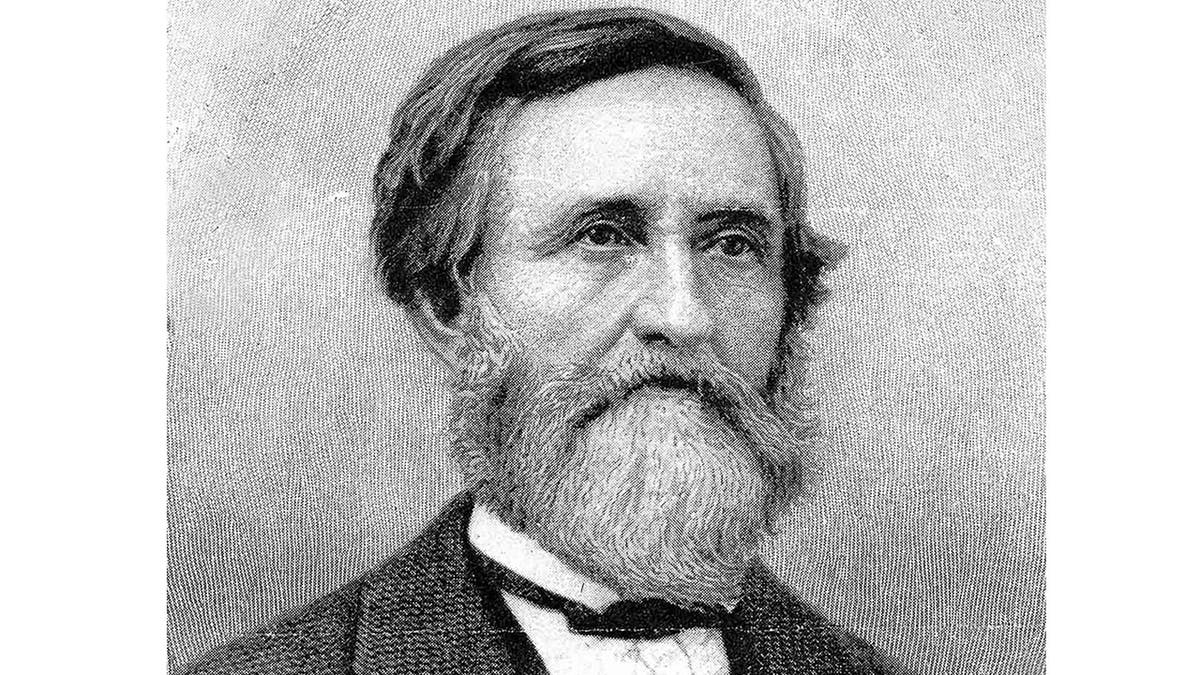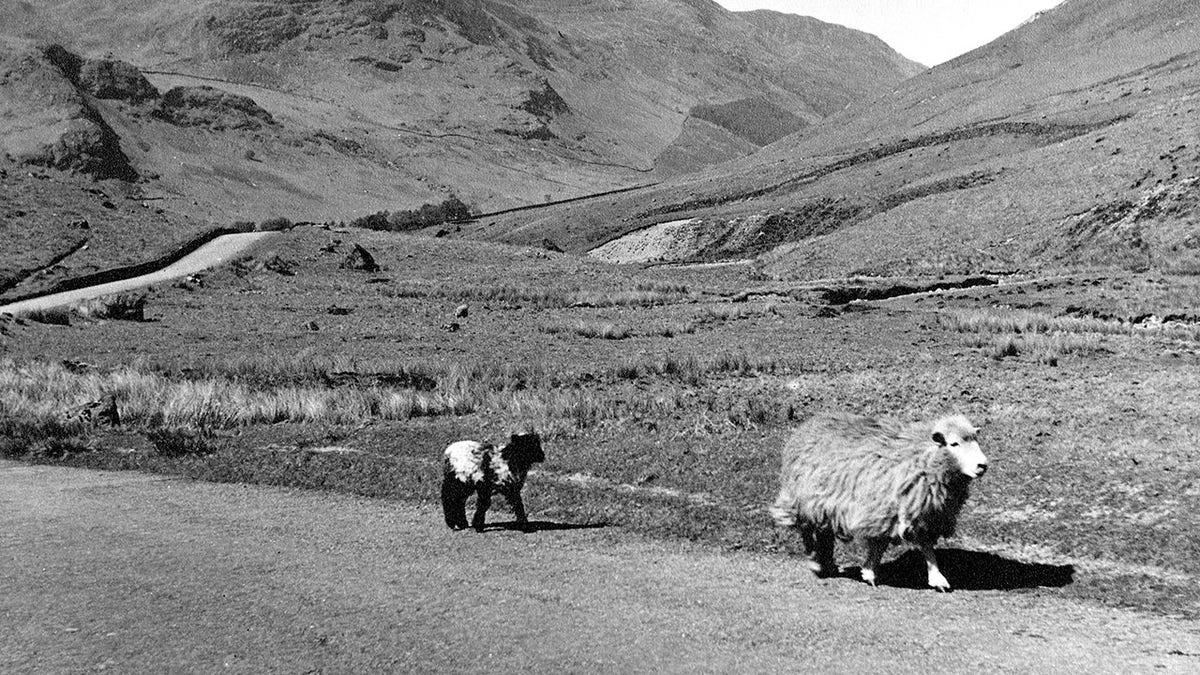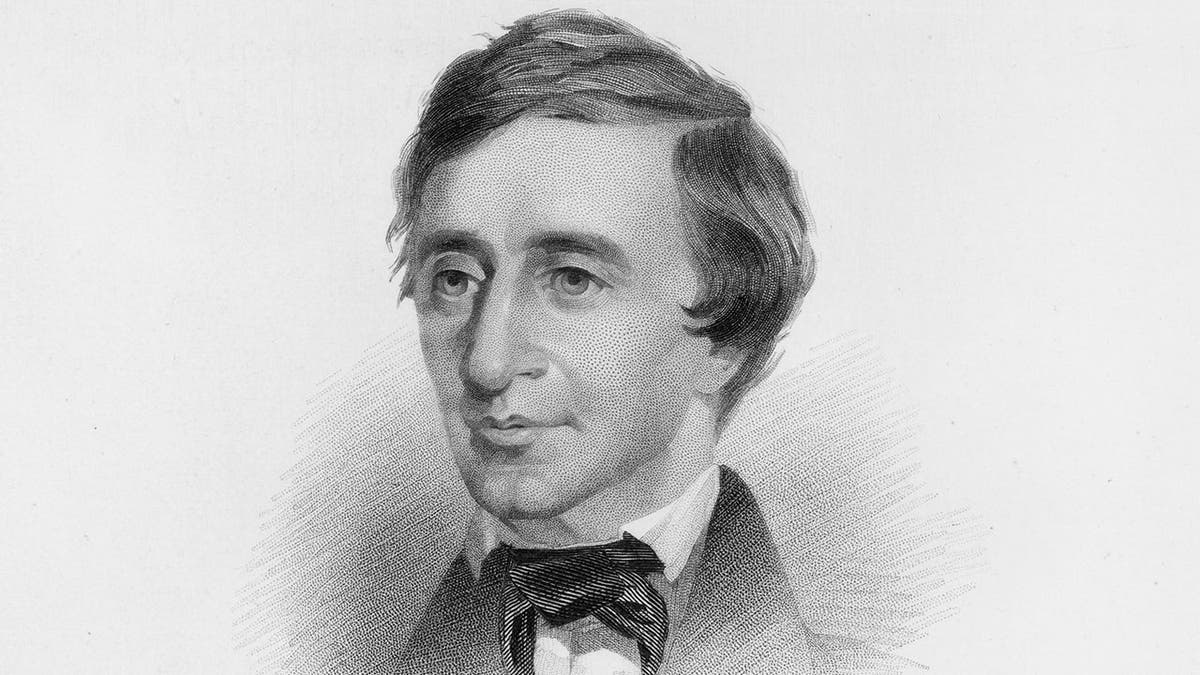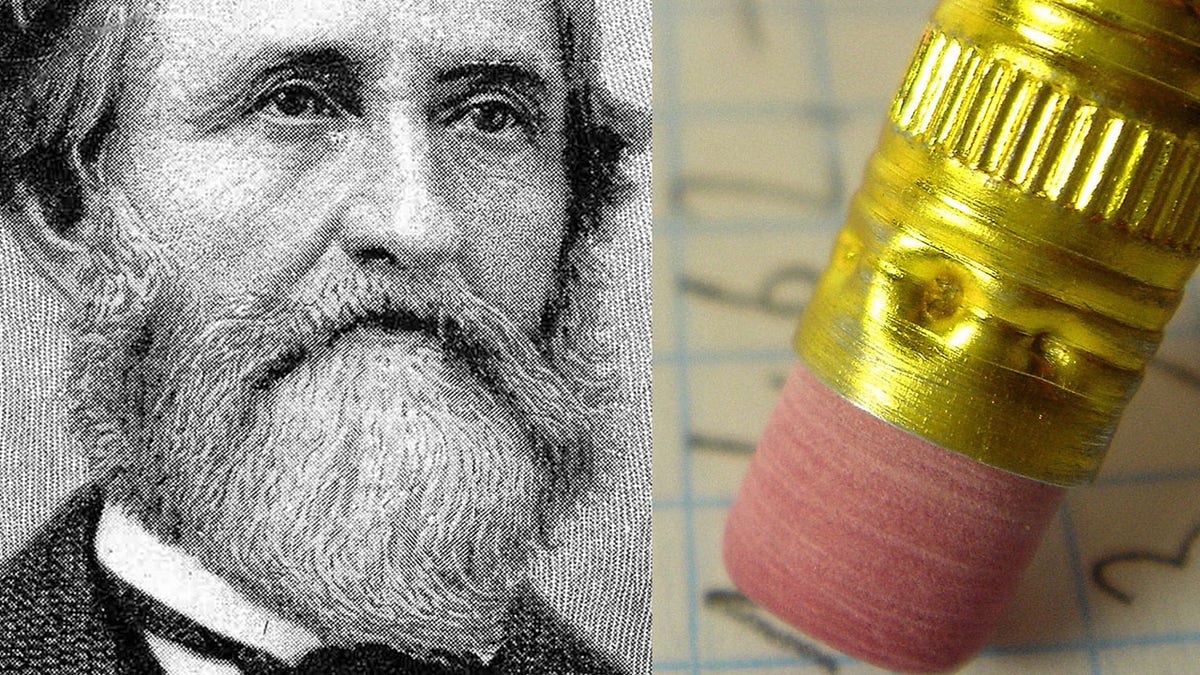Philadelphia inventor Hymen L. Lipman rushed heroically to the aid of mistake-prone schoolchildren, draftsmen and artists everywhere when he secured the patent for the pencil with eraser on this day in history, March 30, 1858.
“Be it known that I, Hymen L. Lipman, of Philadelphia, in the county of Philadelphia and State of Pennsylvania, have invented a new and useful Lead-Pencil and Eraser;” the visionary wrote in his patent application.
“I make a lead-pencil in the usual manner, reserving about one-fourth of the length, in which I make a groove of suitable size … and insert in this groove a piece of prepared India rubber (or other erasive substance) secured to said pencil by being glued at one edge.”
The eraser, he noted in his application, “is particularly valuable for removing or erasing lines, figures, etc., and not subject to be soiled or mislaid on the table or desk” — as if the purpose of an eraser was unknown to mid-19th century consumers.
Lipman was born to a Sephardic Jewish family in Kingston, Jamaica, in 1817.

Hymen L. Lipman (1817-1893) is credited with registering the first patent for a pencil with an attached eraser on March 30, 1858. (Alamy)
He immigrated to the United States at age 21 and — like sliced-bread inventor Otto Rohwedder — set about reimagining everyday objects for the better.
“Lipman was also America’s first envelope manufacturer, and it was he who had the idea of adding adhesive to the back flap, so as to make sealing easier,” reports Haaretz.com of Israel.
A pencil with an eraser is “particularly valuable for removing or erasing lines, figures, etc., and not subject to be soiled or rnislaid on the table or desk.” — Hyman Lipman
“He devised a method for binding papers with an eyelet that preceded the stapler by two decades. And Lipman was the first to produce and sell blank postcards in the United States, in 1873.”
His pencil with eraser marked perhaps America’s greatest contribution to pencilcraft.

Sheep walking along the Honester Pass of Borrowdale Valley in the Lake District, Cumbriam England, circa 1925. Graphite discovered in Borrowdale in the 1500s proved useful for marking sheepskins — and fueled the rise of the pencil industry. (Daily Mirror/Mirrorpix/Mirrorpix via Getty Images)
The earliest writing tool, a stylus made with lead, dates back to antiquity, including the Egyptian and Roman Empires.
Pencils gained widespread popularity with the discovery of graphite deposits in the Borrowdale Valley in northern England in the 16th century.
MEET THE AMERICAN WHO INVENTED SLICED BREAD: OTTO ROHWEDDER, HARD-LUCK HAWKEYE
“Although (graphite) resembled coal, it would not burn,” reports the University of Waterloo (Canada) Earth Sciences Museum. “It did, however, prove to be an excellent marker of sheepskins.”

Henry David Thoreau (1817-1862). The American author wrote his most famous and enduring work, “Walden, or a Life in the Woods,” in 1854, in Concord, Massachusetts. He “was also renowned for his pencil-making prowess,” according to Pencil.com. (Hulton Archive/Getty Images)
Graphite also boasted one major advantage over the lead used in earlier pencils: graphite is not no poisonous.
“A market for it opened up around the end of the sixteenth century. German miners from Keswick in the early sixteenth century had made more progress mining the graphite from this site,” the university notes.
MEET THE AMERICAN WHO INVENTED THE ZIPPER, ONE OF THE WORLD’S MOST USEFUL DEVICES: WHITCOMB JUDSON
Although commonly referred to as the lead pencil, even in Lipman’s patent application, they are actually made of non-toxic graphite.
“Nuremberg, Germany, was the birthplace of the first mass-produced pencils in 1662. Spurred by Faber-Castell (established in 1761), Lyra, Steadtler and other companies, an active pencil industry developed throughout the 19th century industrial revolution,” reports Pencil.com, published by pencil-wood supplier California Cedar Products Co.

The pencil with eraser was patented in the United States by Hymen Lipman, an immigrant from Jamaica, on March 30, 1858. (Alamy/Getty Images)
“Early settlers depended on pencils from overseas until the war with England cut off imports. William Monroe, a Concord, Massachusetts cabinet-maker, is credited with making America’s first wood pencils in 1812.”
Famous Concord resident Henry David Thoreau, whose transcendentalist tome “Walden” remains essential to American letters more than 150 years after it was published, “was also renowned for his pencil-making prowess,” states Pencil.com.
“Henry David Thoreau was also renowned for his pencil-making prowess.” — Pencil.com.
